Home>Storage Ideas>Kitchen Storage>7 Kitchen Lighting Mistakes To Avoid At All Costs
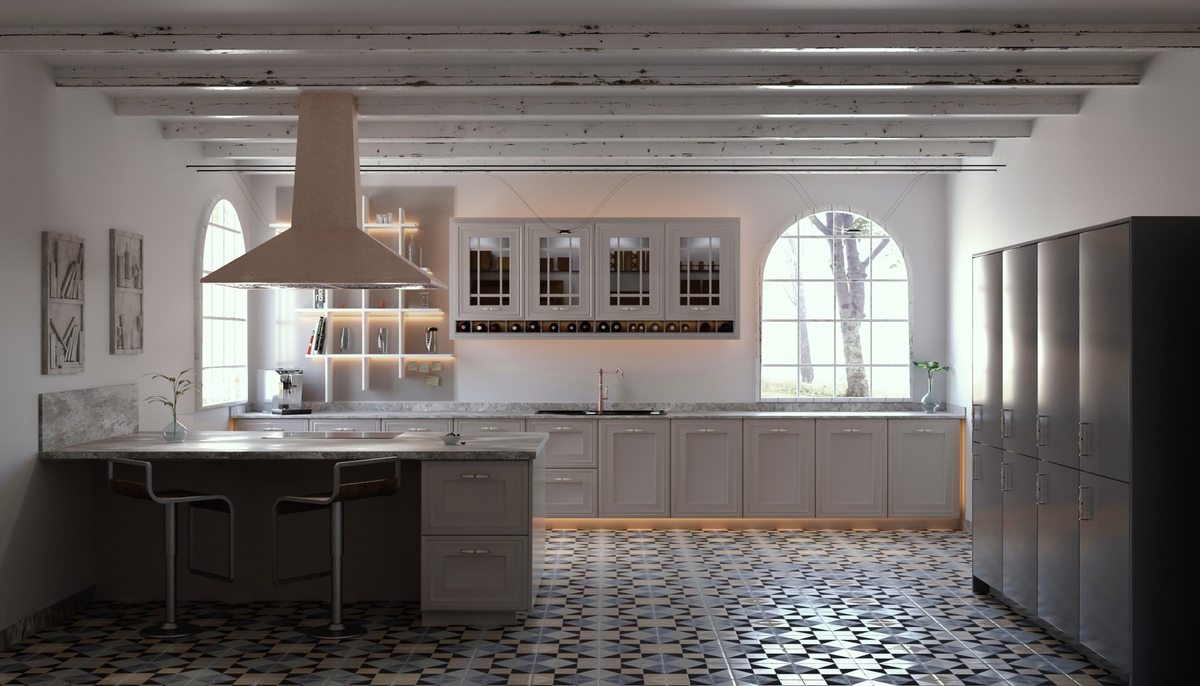

Kitchen Storage
7 Kitchen Lighting Mistakes To Avoid At All Costs
Modified: January 5, 2024
Avoid these 7 kitchen lighting mistakes and discover essential kitchen storage ideas to maximize space and organization.
(Many of the links in this article redirect to a specific reviewed product. Your purchase of these products through affiliate links helps to generate commission for Storables.com, at no extra cost. Learn more)
Introduction
Welcome to the world of kitchen lighting! A well-lit kitchen not only enhances functionality but also sets the mood for the heart of your home. However, when it comes to kitchen lighting, there are common mistakes that can diminish the overall effectiveness and aesthetics of your space. In this article, we will explore seven kitchen lighting mistakes that you should avoid at all costs.
By understanding and rectifying these lighting blunders, you can transform your kitchen into a well-lit and inviting space that meets both your functional and aesthetic needs. So, let’s dive in and shed some light on the most common kitchen lighting mistakes!
Key Takeaways:
- Don’t let your kitchen lighting fall short! Avoid common mistakes like insufficient lighting, neglecting task lighting, and using mismatched fixtures to create a well-lit and inviting space for cooking and entertaining.
- Transform your kitchen with strategic lighting. Incorporate task lighting, ambient lighting, and dimmers to strike a balance between functionality and aesthetics. Avoid mistakes like wrong placement of lights and relying solely on overhead lighting.
Mistake 1: Insufficient Lighting
One of the biggest mistakes homeowners make when it comes to kitchen lighting is not having enough light sources. A poorly lit kitchen can make it difficult to perform tasks such as chopping vegetables, reading recipes, or even enjoying a meal with your family and friends.
To avoid this mistake, it’s important to assess the size and layout of your kitchen and determine the appropriate number of light fixtures needed. Consider a combination of overhead lighting, task lighting, and ambient lighting to ensure that every corner of your kitchen is well illuminated.
Adding under-cabinet lights can also significantly improve the overall brightness of your kitchen workspace. These lights not only provide additional task lighting but also add a stylish touch to your kitchen decor.
Remember, the key is to strike a balance between functionality and aesthetics. Incorporating multiple light sources will not only brighten up your kitchen but also enhance its visual appeal.
Mistake 2: Using Only Overhead Lighting
While overhead lighting is essential in any kitchen, relying solely on it can create harsh and unflattering lighting conditions. Overhead lights, such as recessed lights or a central pendant light, can cast shadows and create uneven illumination in your kitchen.
Using only overhead lighting also fails to address the specific lighting needs of different areas in your kitchen. For example, when you’re cooking on the stovetop, relying solely on the overhead light may cast shadows, making it difficult to see the details of what you’re doing.
To rectify this mistake, incorporate additional task lighting where needed. Install under-cabinet lights to provide direct illumination on countertops, making food preparation and cooking tasks easier and safer. Pendant lights above the kitchen island or peninsula can also create a focused and inviting atmosphere for meal preparations or casual dining.
By combining overhead lighting with targeted task lighting, you can create a well-lit kitchen that is both functional and visually appealing.
Mistake 3: Wrong Placement of Lights
The placement of your lighting fixtures plays a crucial role in the overall effectiveness of your kitchen lighting. Placing lights in the wrong spots can result in dark corners or glaring brightness, both of which can be distracting and unpleasant.
One common mistake is placing lighting fixtures too close to the wall, which can create an unflattering “wall wash” effect and cast shadows on the countertops. Instead, position your lights slightly away from the walls to allow for better distribution of light throughout the space.
Another mistake is not considering the specific areas where focused lighting is needed. For example, if you have a kitchen island or a breakfast bar, placing pendant lights directly above them can provide optimal task lighting while adding a touch of style to the space.
When it comes to the placement of lights, it’s important to consider your kitchen’s layout and functionality. For areas where you perform precise tasks, such as cooking or food preparation, place lights directly above or near those areas to minimize shadows and ensure clear visibility.
Lastly, avoid placing lights too close together or too far apart. A well-spaced arrangement of lights will create a balanced and even distribution of light, ensuring that every corner of your kitchen is adequately illuminated.
By paying attention to the placement of your lighting fixtures, you can optimize the functionality and ambiance of your kitchen while avoiding common lighting mistakes.
Mistake 4: Neglecting Task Lighting
Task lighting is an essential aspect of kitchen design that is often overlooked. Neglecting task lighting can make it challenging to perform specific activities in the kitchen, such as chopping vegetables, reading recipes, or working on intricate tasks.
Many kitchens rely solely on overhead lighting, which is not always sufficient for detailed tasks. When the main source of light is positioned above, it can cast shadows on the work surface, hindering visibility and straining your eyes.
To avoid this mistake, incorporate task lighting in areas where you need focused illumination. Under-cabinet lights are an excellent choice for providing direct lighting on countertops, making it easier to see what you’re doing while preparing food or working on other tasks.
Another option is to install lighting fixtures with adjustable arms or movable heads that can be directed towards specific work areas. This allows you to customize the lighting based on your needs and ensure well-lit surfaces for tasks.
For areas such as the sink or stove, consider installing dedicated task lighting. Pendant lights or recessed lights can be installed directly above these areas to provide focused lighting for cooking, cleaning, and other activities that require clear visibility.
By incorporating task lighting into your kitchen design, you can create a functional and well-lit space that makes it easier to perform tasks and enhances the overall usability of your kitchen.
When choosing kitchen lighting, consider the different layers of lighting (ambient, task, accent) to ensure proper illumination and functionality in the space.
Mistake 5: Ignoring Ambient Lighting
Ambient lighting, also known as general lighting, is often overlooked when it comes to kitchen lighting design. Ignoring ambient lighting can result in a lack of overall brightness and a cold, uninviting atmosphere in your kitchen.
Ambient lighting serves as the foundation for your kitchen’s lighting scheme, providing a comfortable level of illumination that fills the entire space. It helps to create a warm and welcoming ambiance, especially during evening hours or when natural light is limited.
One mistake homeowners make is relying solely on task and accent lighting without considering the importance of ambient lighting. While it’s crucial to have focused lighting for specific tasks, ambient lighting enhances the overall atmosphere and ensures that no areas are left in shadows.
To rectify this mistake, incorporate ambient lighting fixtures such as chandeliers, ceiling lights, or track lighting that distribute light evenly throughout the kitchen. This will create a balanced illumination that enhances the overall brightness without casting harsh shadows.
Consider using dimmable ambient lighting fixtures to provide flexibility in adjusting the lighting intensity based on the desired mood or occasion. This allows you to create a cozy and inviting ambiance for intimate dinners or a brighter, well-lit environment for hosting gatherings.
By giving due importance to ambient lighting, you can create a welcoming and well-balanced atmosphere in your kitchen, ensuring that it is not only functional but also visually appealing.
Mistake 6: Not Considering Dimmers
Not considering dimmers is a common mistake when it comes to kitchen lighting design. Dimmers offer the flexibility to adjust the lighting levels in your kitchen, allowing you to create different moods and atmospheres based on your needs and preferences.
Without dimmers, your kitchen lighting can feel stagnant and lack the ability to adapt to different situations. For example, during mealtime or when entertaining guests, you may want a softer and more ambient lighting setting. On the other hand, when performing tasks or cooking, you may require brighter and focused lighting.
By incorporating dimmers, you give yourself the freedom to customize the lighting intensity according to the specific tasks or activities taking place in your kitchen. It also helps to reduce energy consumption and extends the lifespan of your light bulbs.
When installing dimmers, make sure to choose compatible lighting fixtures that can be dimmed, such as LED or incandescent bulbs. This will allow for smooth and seamless adjustment of the lighting levels without any flickering or buzzing.
Furthermore, consider separate dimmer switches for different lighting zones in your kitchen, such as overhead lights, under-cabinet lights, and accent lights. This way, you can control each zone independently, depending on your needs at any given time.
Don’t make the mistake of overlooking the importance of dimmers in your kitchen lighting design. By adding dimmers, you can create a versatile and dynamic lighting environment that enhances the functionality and ambiance of your kitchen.
Mistake 7: Mismatched Lighting Fixtures
The final mistake to avoid in kitchen lighting design is using mismatched lighting fixtures. While it’s important to incorporate a variety of lighting fixtures for functionality and aesthetics, using mismatched fixtures can create a disjointed and uncoordinated look in your kitchen.
Mismatched lighting fixtures can be distracting and take away from the overall design and harmony of your space. It’s essential to choose fixtures that complement each other and create a cohesive visual appeal.
When selecting lighting fixtures for your kitchen, consider the overall style and theme. For example, if you have a modern kitchen, sleek and minimalist fixtures would be a suitable choice. On the other hand, if your kitchen has a rustic or traditional design, fixtures with a vintage or farmhouse-inspired look would work better.
Additionally, pay attention to the finish and material of the lighting fixtures. Opt for consistent finishes, such as brushed nickel, bronze, or chrome, to ensure a harmonious and coordinated look.
Another aspect to consider is the size and scale of the fixtures. Make sure that the size of the fixtures is proportionate to the size of the space and other elements in the kitchen. Oversized fixtures can overwhelm a small kitchen, while undersized ones may look out of place in a larger area.
By carefully selecting lighting fixtures that match in style, finish, and scale, you can create a cohesive and visually pleasing look in your kitchen. The right fixtures will enhance the overall design and make a statement while providing the necessary illumination.
Avoid the mistake of using mismatched lighting fixtures and create a unified and cohesive lighting design that complements the overall aesthetics of your kitchen.
Conclusion
Creating a well-lit and functional kitchen is essential for a truly enjoyable cooking and dining experience. By avoiding common kitchen lighting mistakes, you can transform your space into a welcoming and efficient environment.
Insufficient lighting, relying solely on overhead lighting, wrong placement of lights, neglecting task lighting, ignoring ambient lighting, not considering dimmers, and using mismatched lighting fixtures are all mistakes that can hinder the effectiveness and aesthetics of your kitchen lighting.
To avoid these mistakes, assess the size and layout of your kitchen, and incorporate a combination of overhead lighting, task lighting, and ambient lighting. Place lights strategically to ensure even distribution of light and consider the specific areas where focused lighting is required. Don’t neglect the importance of ambient lighting for creating a warm and inviting atmosphere.
Additionally, incorporating dimmers allows you to adjust the lighting levels according to different activities and moods, while choosing matching lighting fixtures ensures a cohesive and visually pleasing look. Remember, the goal is to strike a balance between functionality and aesthetics, creating a well-lit kitchen that meets your needs.
So, take the time to plan and design your kitchen lighting properly, ensuring that it enhances both the practicality and the beauty of your space. With the right lighting, your kitchen can become a focal point and a gathering place for family and friends, where delicious meals are prepared and cherished memories are made.
Frequently Asked Questions about 7 Kitchen Lighting Mistakes To Avoid At All Costs
Was this page helpful?
At Storables.com, we guarantee accurate and reliable information. Our content, validated by Expert Board Contributors, is crafted following stringent Editorial Policies. We're committed to providing you with well-researched, expert-backed insights for all your informational needs.
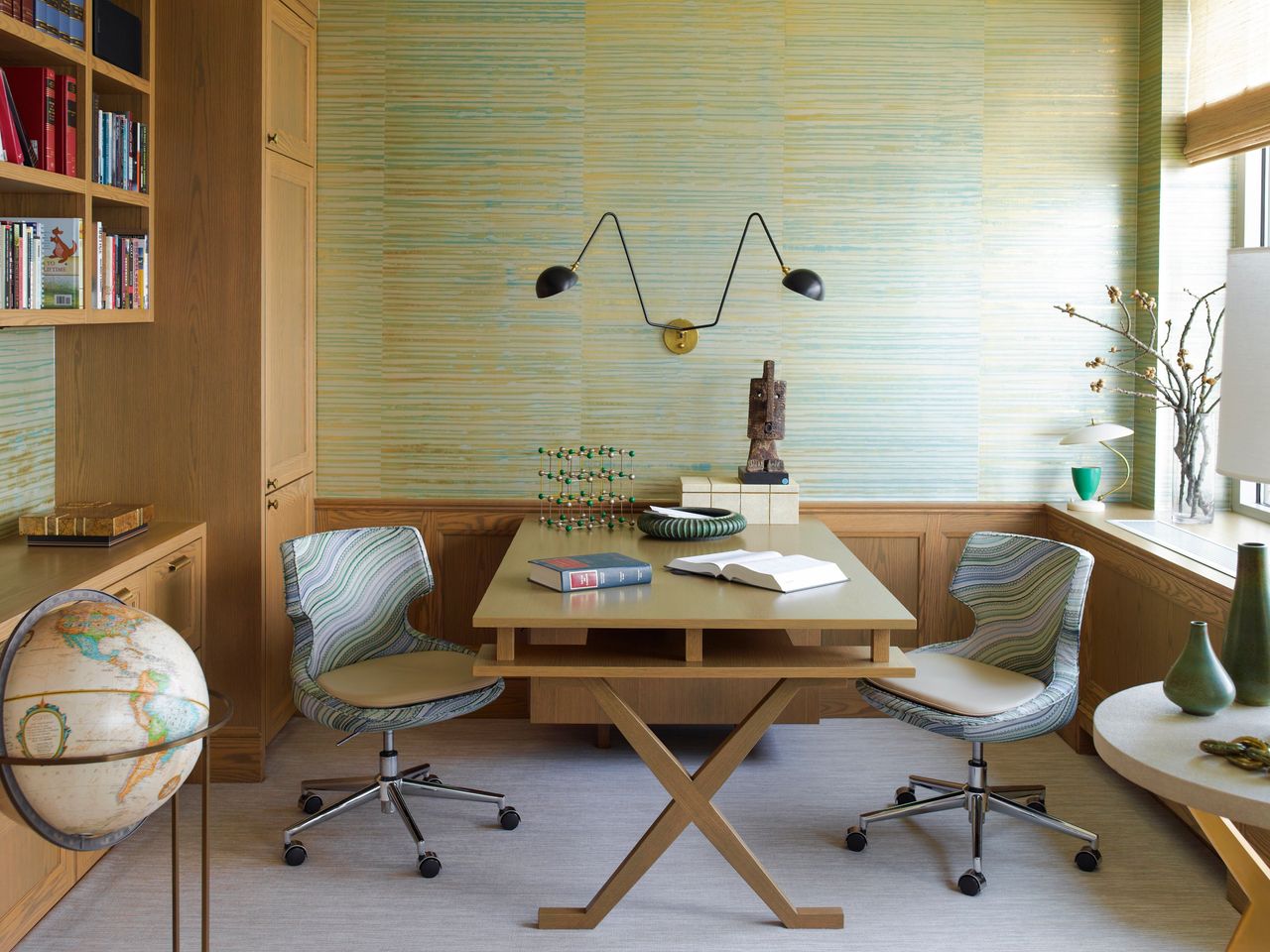

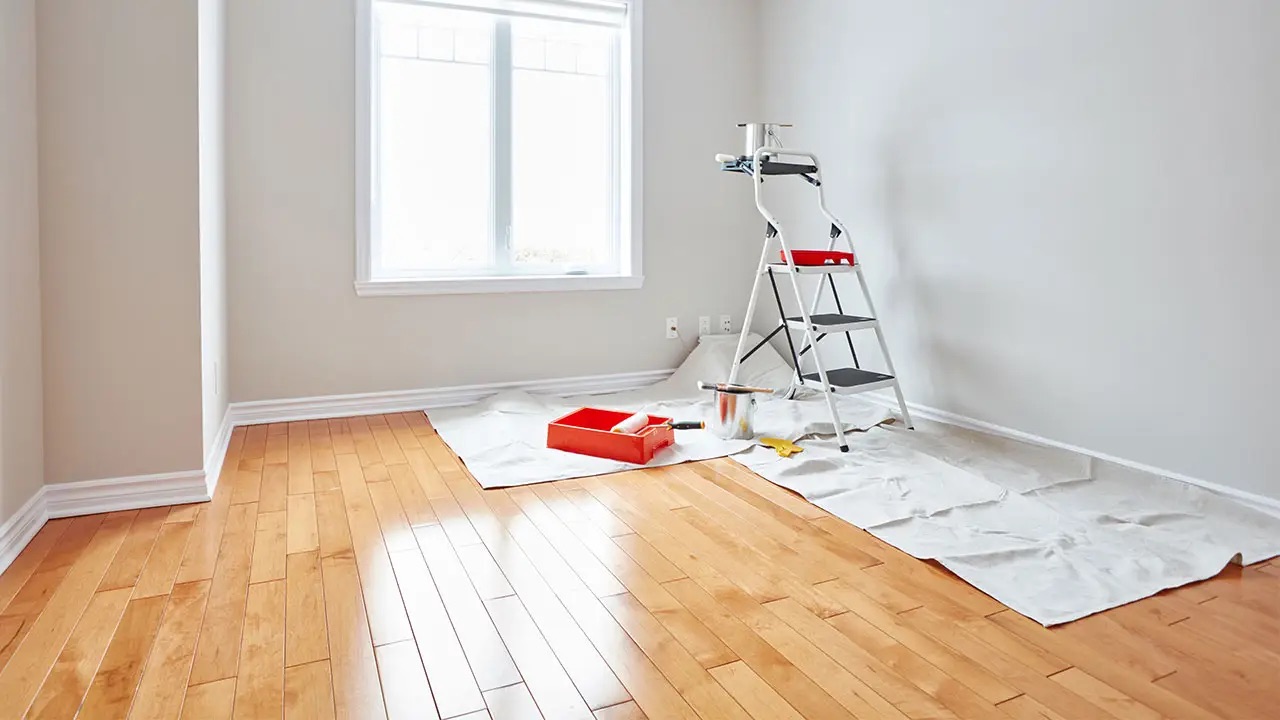
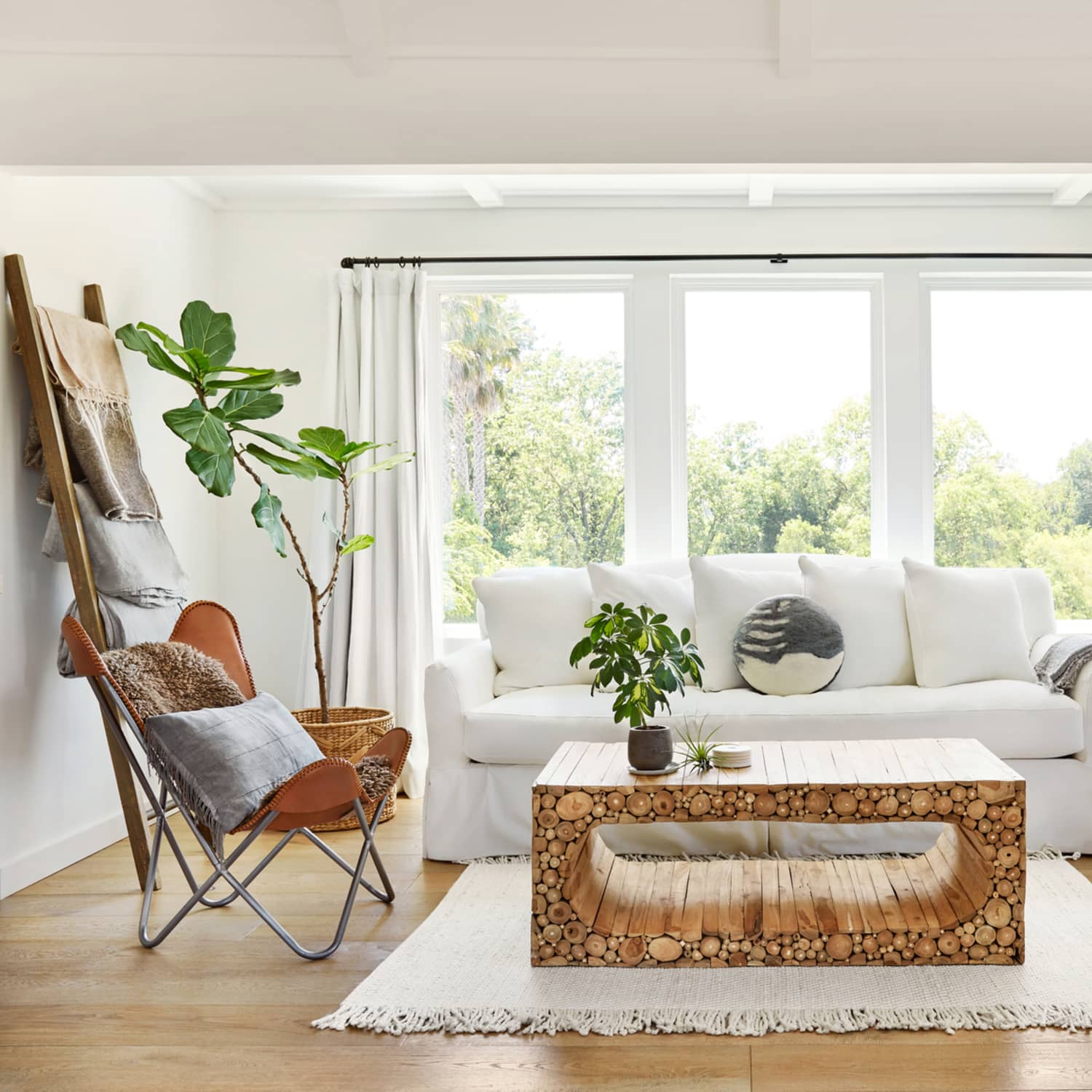
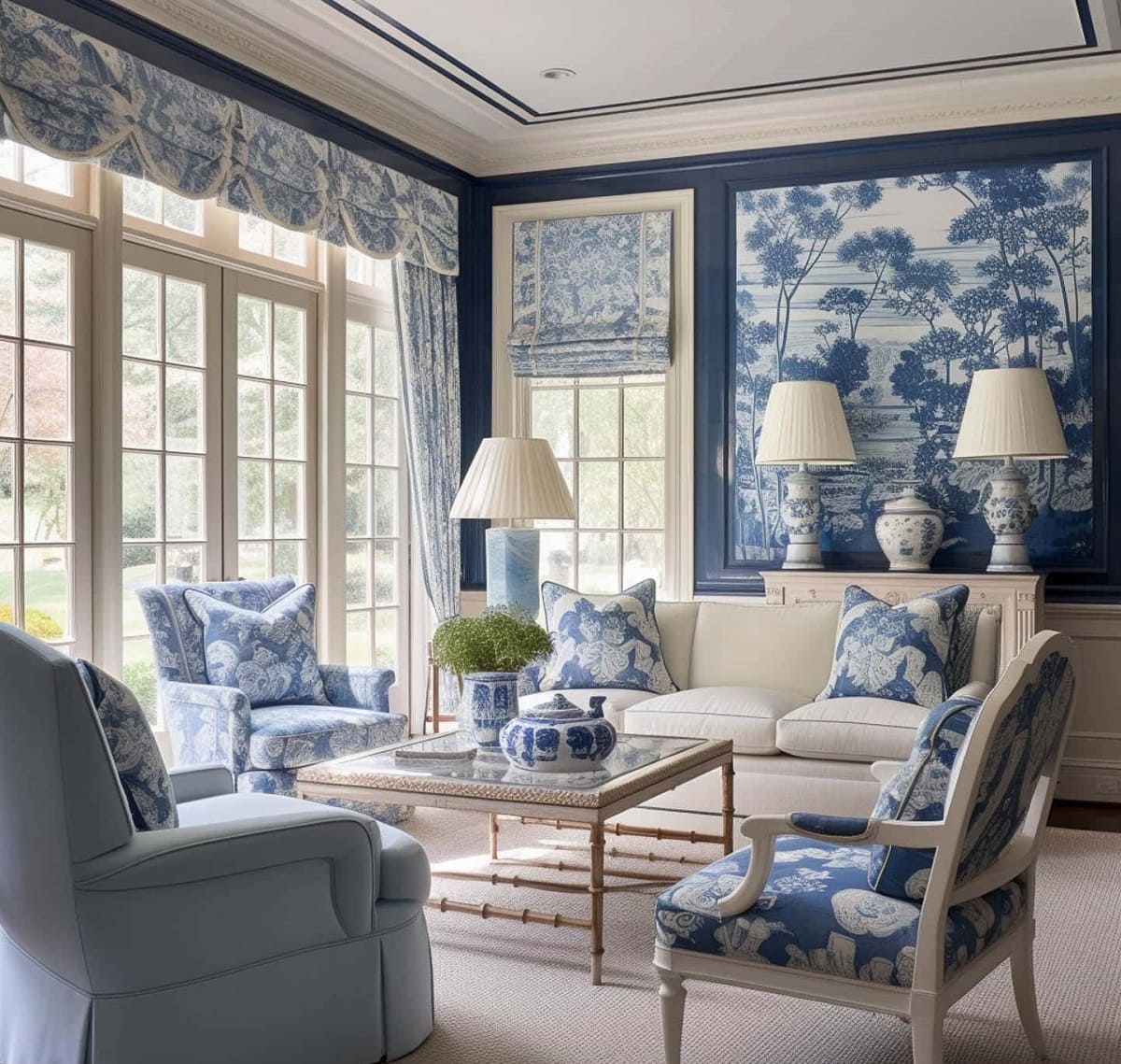
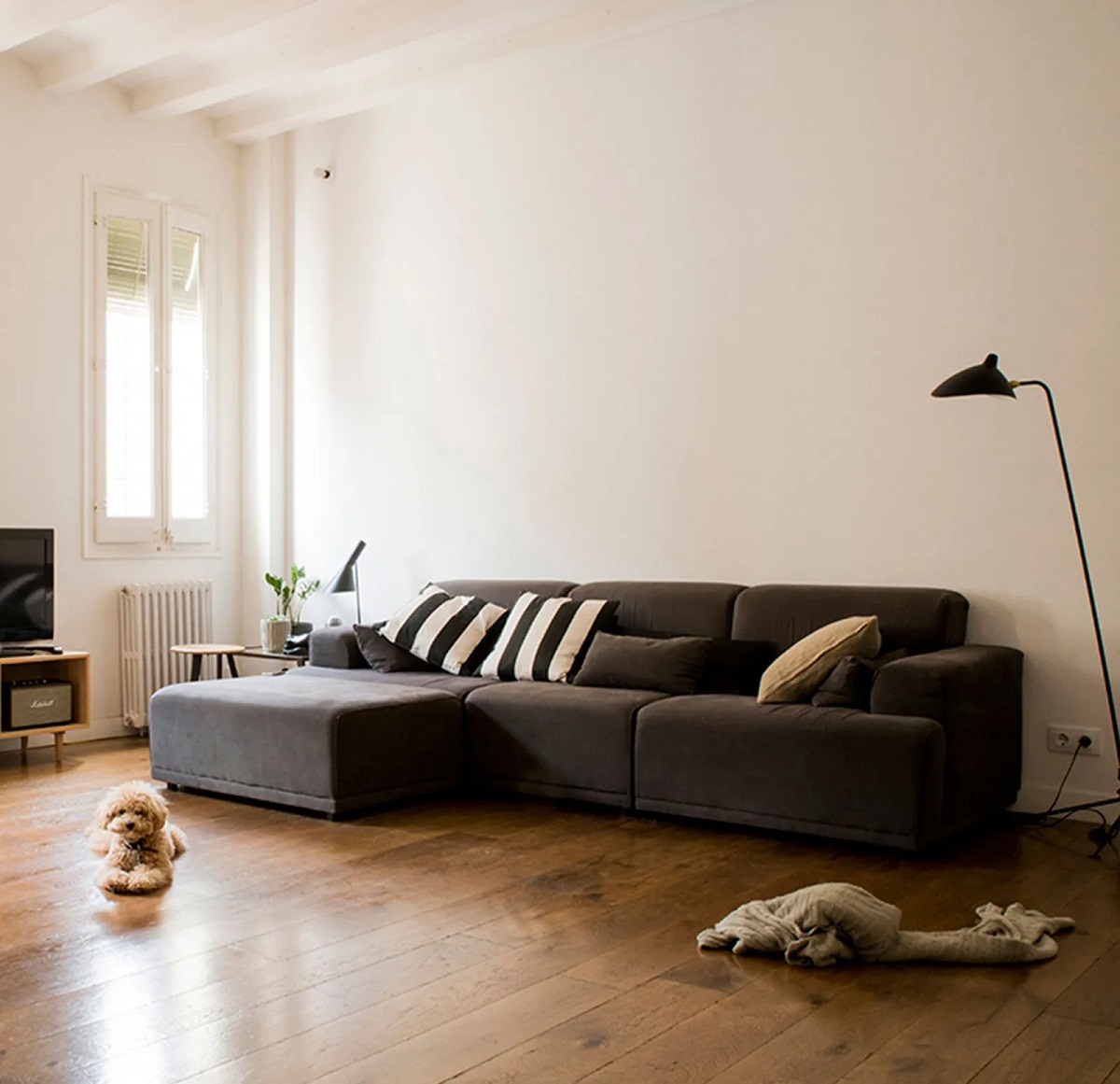
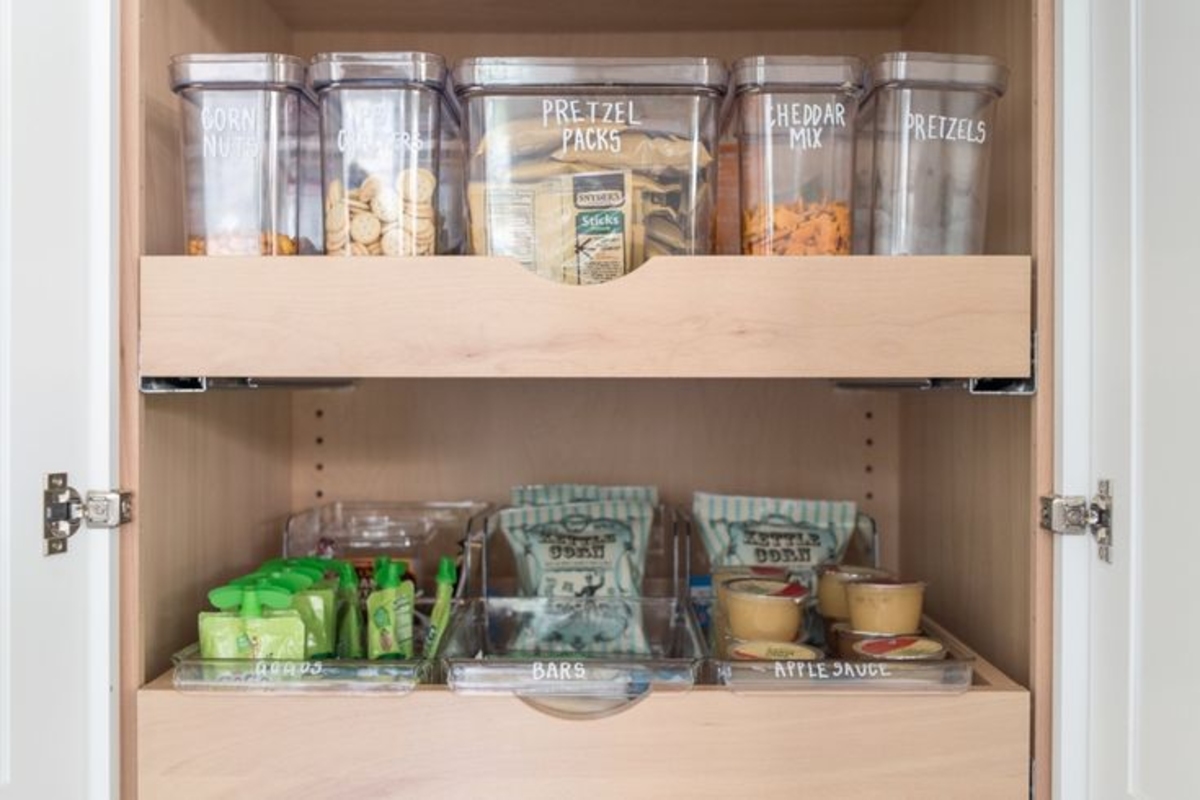
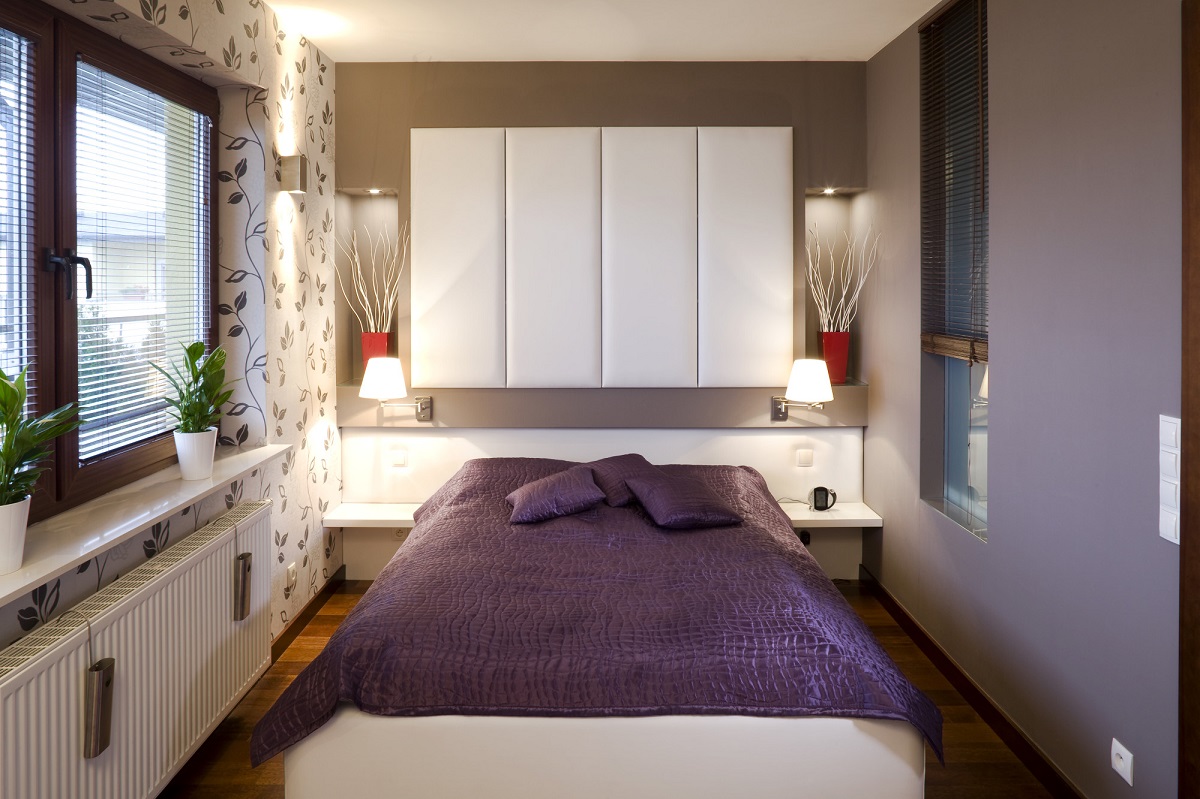
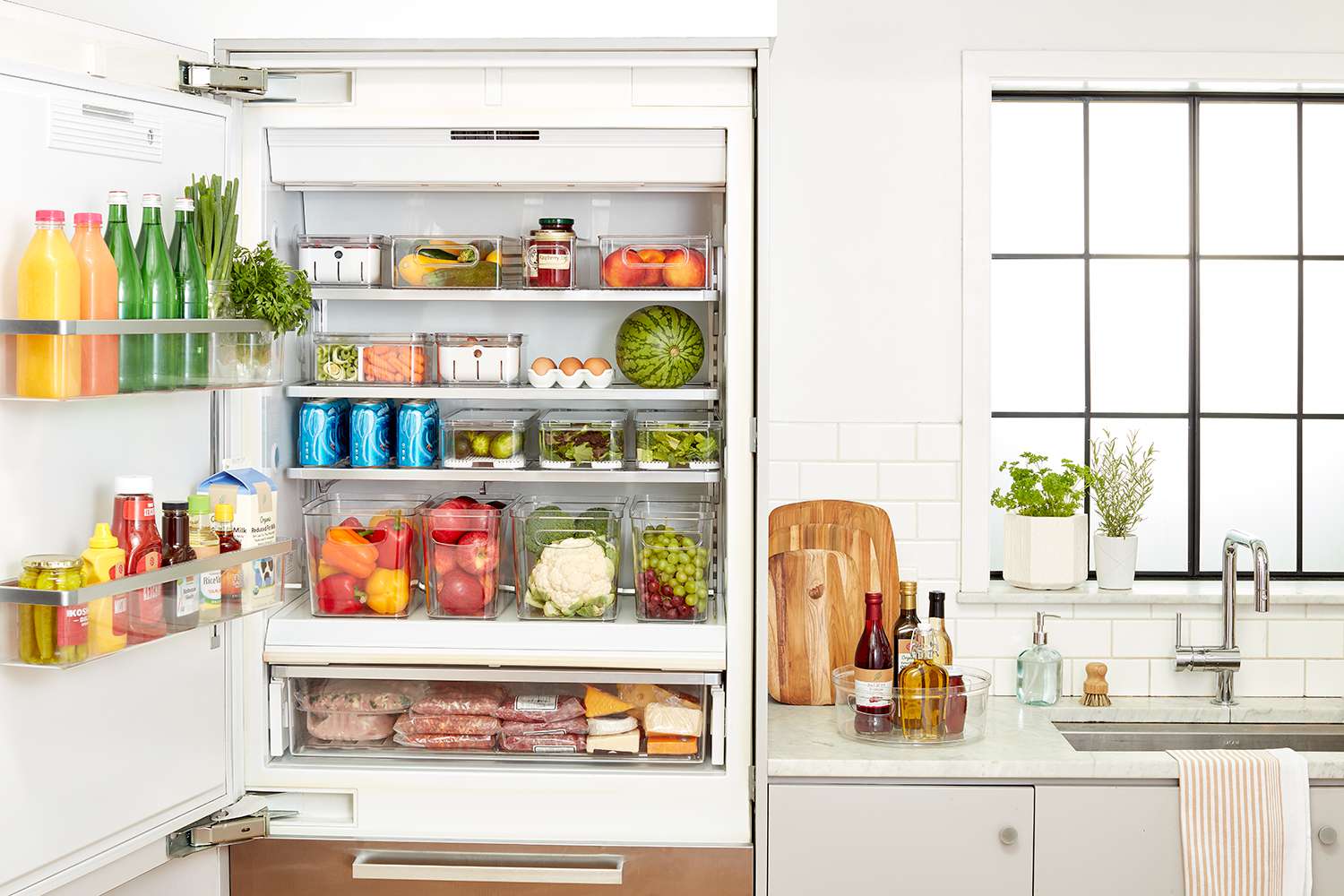

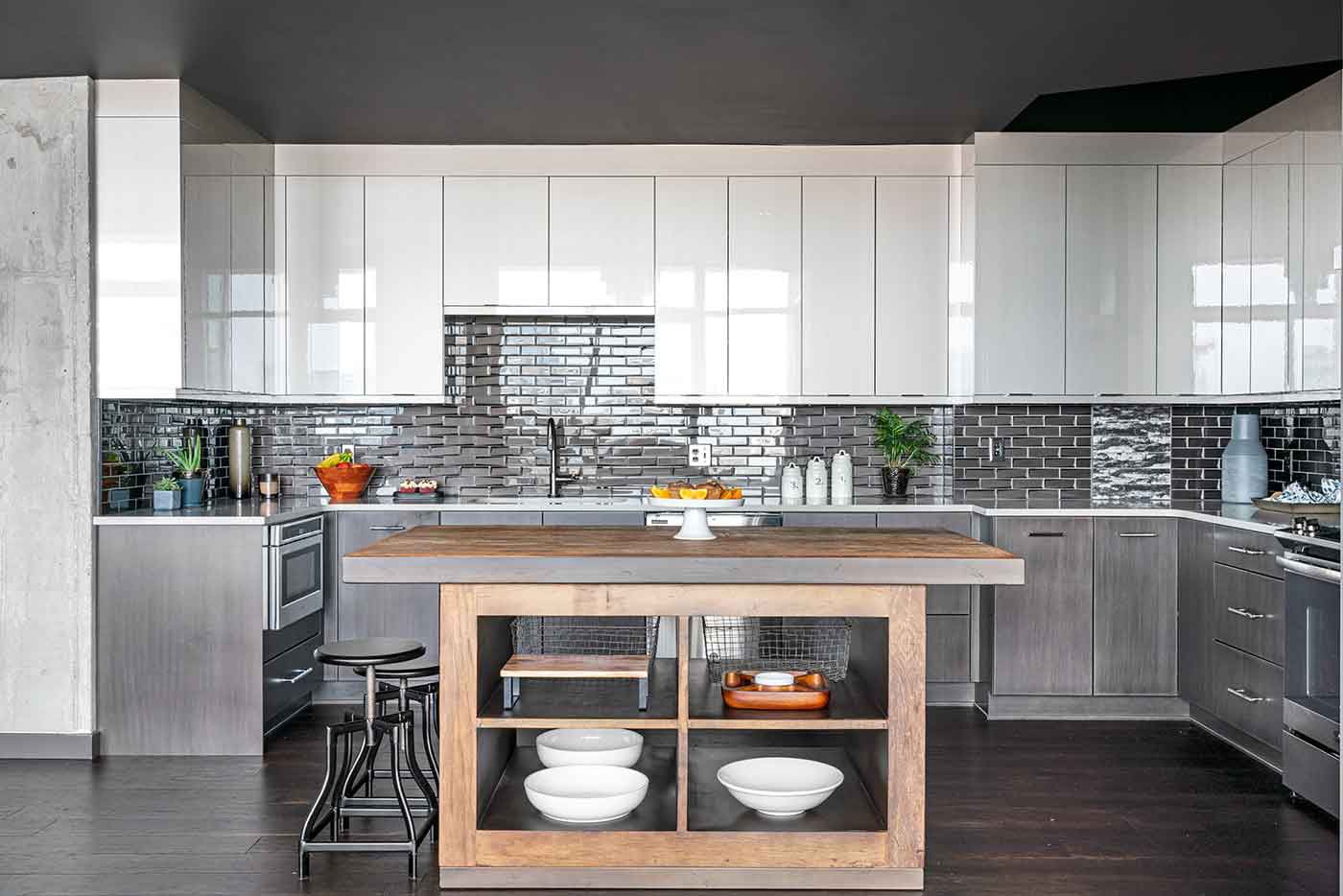
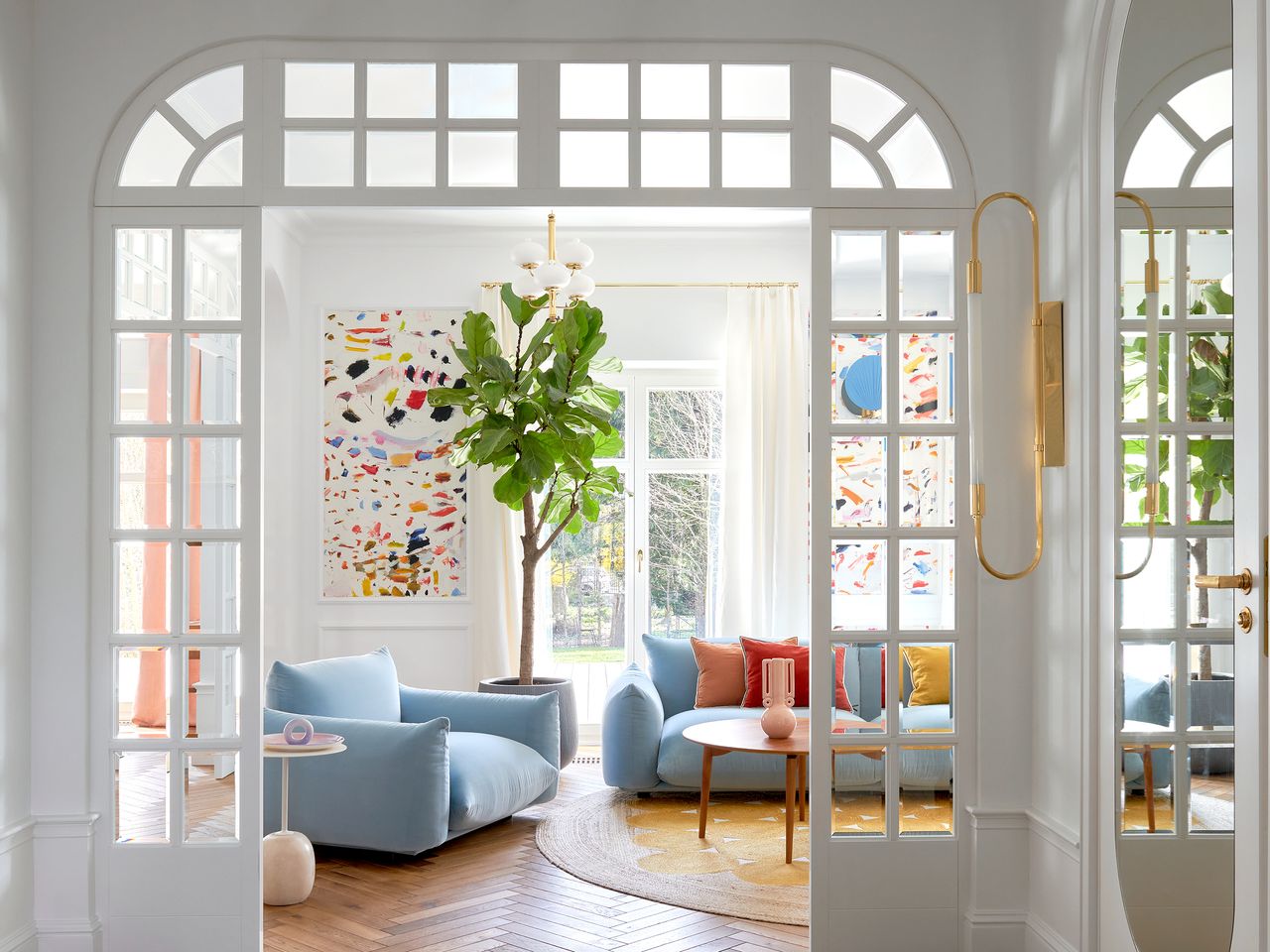
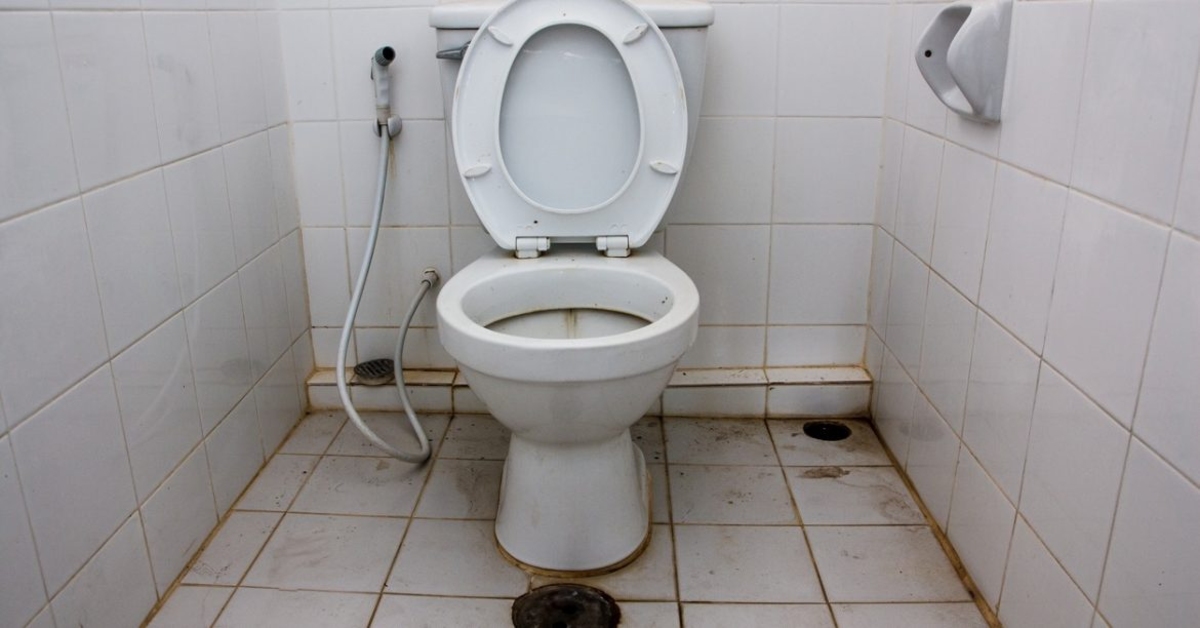


0 thoughts on “7 Kitchen Lighting Mistakes To Avoid At All Costs”